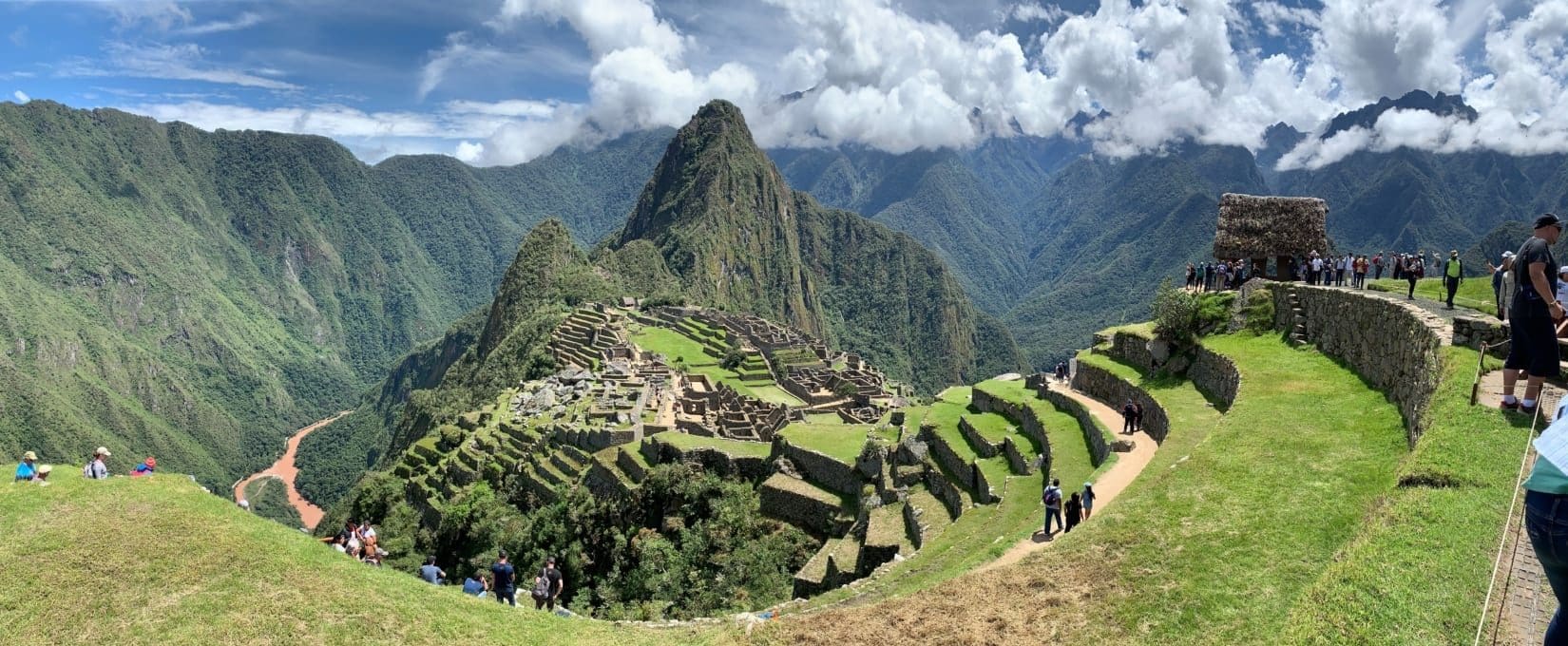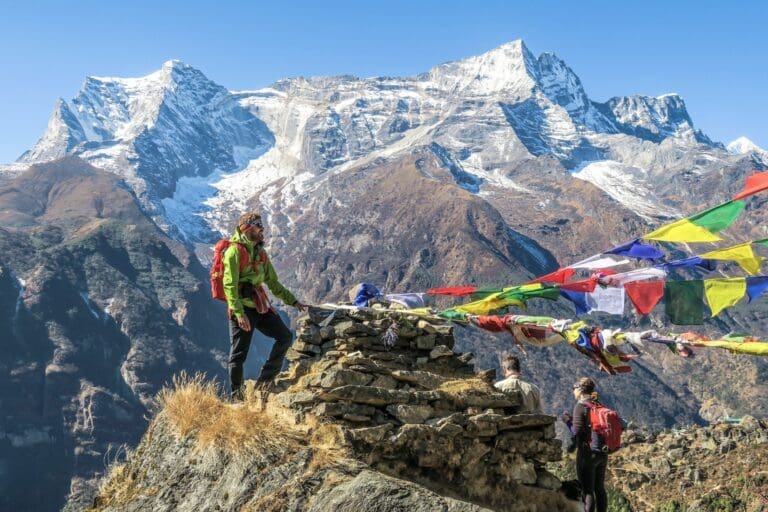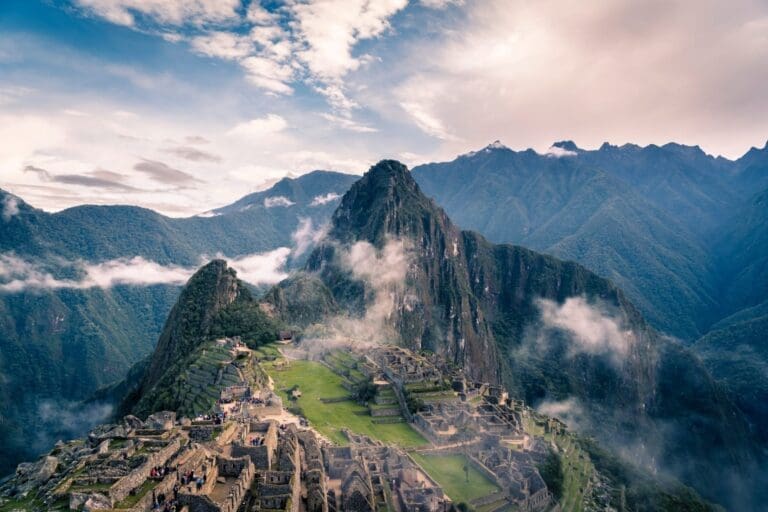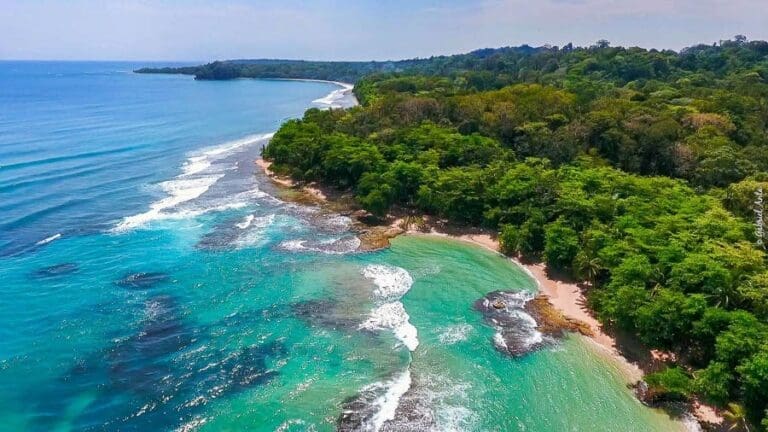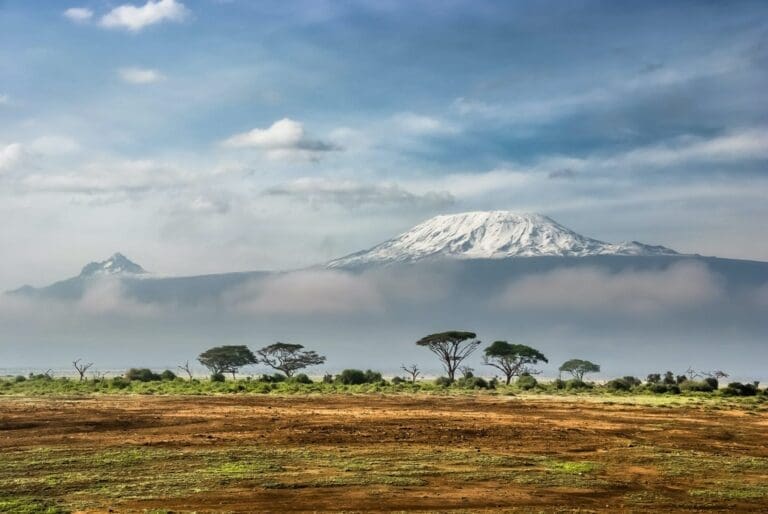Top 9 Things You Need To Know to Visit Machu Picchu in 2025
Have you ever dreamed of visiting Machu Picchu? If you have, you are not alone! Machu Picchu is one of the most extraordinary places to visit on the planet. This cloud-haloed estate of the Incan emperors is unquestionably a must visit for every traveler. It’ll have you gasping with awe at every hair-pinning switchback on its old, cobbled pathways and llama-strewn temple ruins. But what are the things you should know before you start exploring?
Check out below for the Top 9 Things You Need to Know to Visit Machu Picchu
1. Machu Picchu is the end point of the Classic Inca Trail Route
With the train chugging from Ollantaytambo to Aguas Calientes, it’s actually possible to do a day-trip to Machu Picchu. But that’s not often the route that tops most people’s bucket lists. Cue the Classic Inca Trail Route. The famous, four-day, three-night hike whisks you from Cusco through the heart of the Urubamba Andes, past jaw-dropping mountain passes and ancient ruins galore. That’s the way to hike if you’re after a real adventure.
The popularity of the Classic Inca Trail means hiker numbers are limited to 200 per day. That’s why it’s important to pre-book your permits with your tour operator well in advance. Then, get ready for an odyssey of Incan history and some serious trekking. Stops at the eye-watering agricultural terraces of Wiñay Wayna and a challenging ascent up Dead Woman’s Pass at 13,828 feet (4,215 meters) above sea level are just a taster of what’s on the menu. Things culminate on the last day of the trek as you hike beneath the Sun Gate and enter Machu Picchu.
2. You Are Required to Have a Permit to Visit Machu Picchu
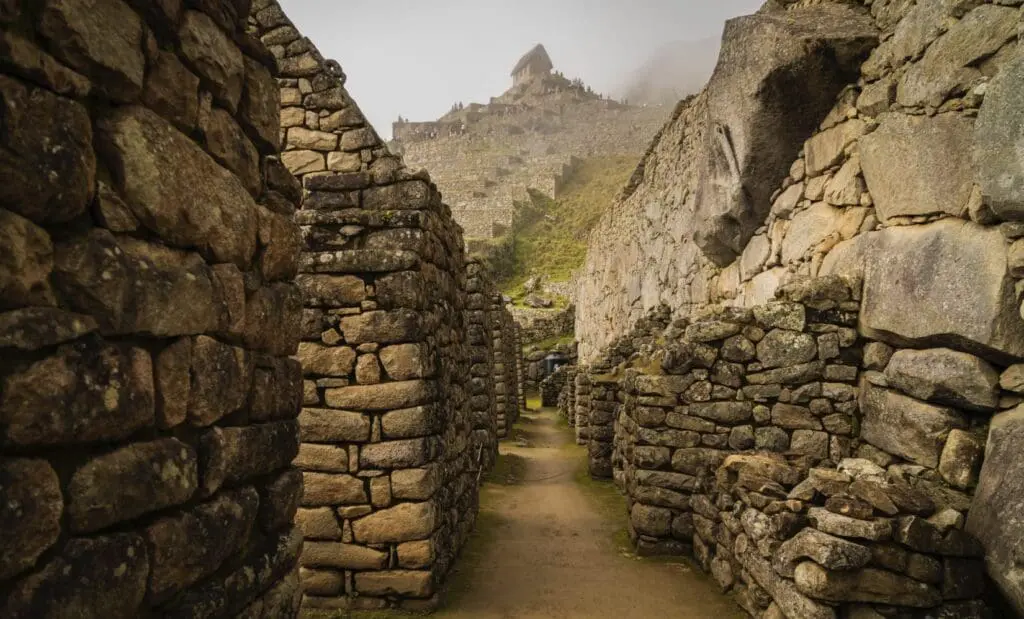
The Peruvian Ministry of Culture requires all travellers to get an official permit to visit Machu Picchu. It’s the latest in a long line of efforts to manage the booming visitor numbers at the site. Crowds are limited to 2,500 people each day and permits should be booked well in advance if you want to secure a place, not to mention a decent entry time. Generally speaking, the earlier in the day you visit Machu Picchu, the better, but more on that later.
The good news is that permits are usually sorted by your tour company as part of a trekking package, so they often come included in the cost of the Classic Inca Trail or the Classic Salkantay Trek. The first entry time is at 6 AM and then there are hourly slots up until 2 PM. Permits allow for four hours of exploring Machu Picchu but you should note that all visitors have to be out by 5:30 PM.
3. There Are Multiple Trekking Routes to Machu Picchu
The Classic Inca Trail is considered the most popular trekking route to Machu Picchu, but there are many other trekking options in the surrounding Sacred Valley and Cusco Andes that can whisk you to the ancient Inca archeological wonder.
The second most popular hike to Machu Picchu is the Classic Salkantay Trek. It’s one for the true nature buff, prioritizing visions of snow-capped peaks and long-lost lakes in the highlands over ruins and archaeology sites. The path hits altitudes of over 15,090 feet (4,600 meters) at the Salkantay Pass and takes five days to hike in most cases.
You could also consider hiking the relatively moderate Lares Trek. The trek loops through the Andes on the north side of the Sacred Valley to reveal meadows and peaks peppered with alpaca herds where not many travellers venture. An easier option is the Huchuy Cusco Trek, offering a good mix of history and outback for less-experienced ramblers. Or there’s the Vilcabamba, a challenging option that takes in three colossal mountains before dropping you into Aguas Calientes below Machu Picchu.
Discover why you should hike to Machu Picchu with The Explorer’s Passage here.
4. There are Additional Day Hikes in the Area
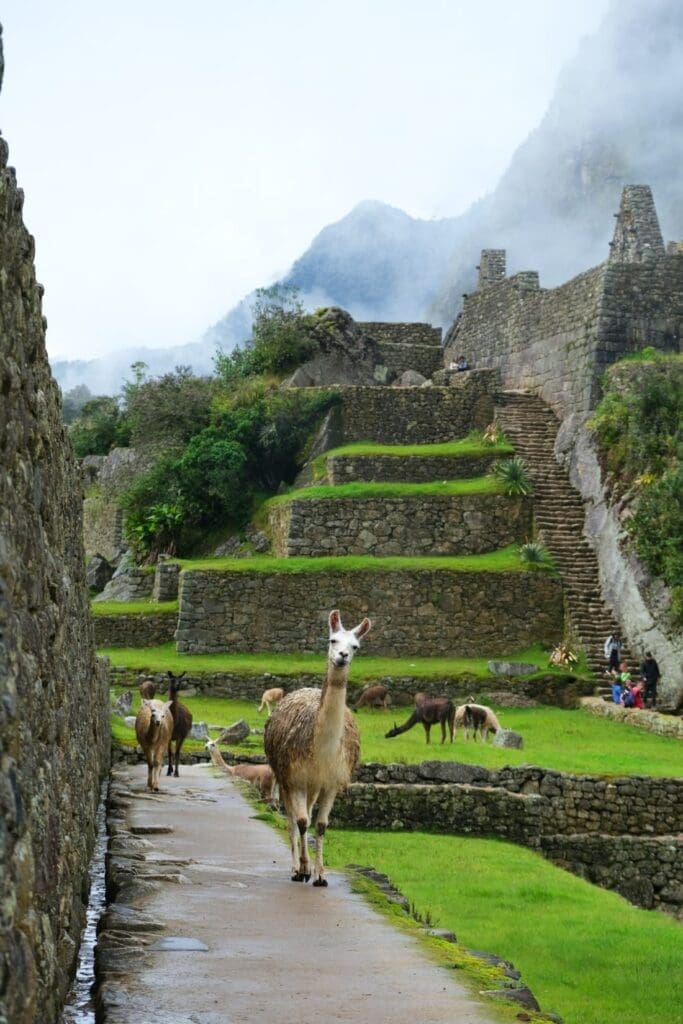
Adventures to Machu Picchu don’t have to end at Machu Picchu. This mighty Incan ruin sits in a stunning bowl of peaks. It would be rude not to explore a little more, right? For that, there are all sorts of day-long treks you can do, and there are two that really stand out from the crowd…
The first trek is the ascent of Huayna Picchu. You can’t miss the peak – it’s the diamond-shaped rock that rises like a shark fin behind the ancient citadel. The way up is a lot easier than it might look, taking around two hours in total on a steep trail that circles the summit. The payoff here is a fantastic panorama that looks south over Machu Picchu, with the distant haze of Salkantay’s glacier visible on the horizon.
The second trek is the hike to the top of Machu Picchu Mountain. It’s a longer and more challenging hike than it’s compadre, making use of weathered Incan steps to reach a long ridge that’s very exposed. The view at the top of the summit looks northwards, taking in Machu Picchu below and the dramatic outline of Huayna Picchu. Just make sure the camera is fully charged.
5. The Best Time to Visit Machu Picchu
The most popular time to explore Machu Picchu is between April and September, which is the dry season. The crowds tend to be a touch smaller at the beginning and end of the dry season, while precipitation remains low. That said, if you don’t mind a little rain from time to time, Machu Picchu sees a steady amount of visitors all year round. There are typically many good times throughout the year to snap that shot of the citadel with clear blue skies and jungle-covered Andes in the background. Some people will purposely plan for a rainy-season jaunt as there can be major upsides, from cheaper hotel rates to way fewer people.
If you are planning on visiting Machu Picchu, check out our Complete Guide on Hiking the Inca Trail to Machu Picchu and it is important to note this trail is closed during the month of February each year for environmental and archeological maintenance.
6. You Can Walk or Get a Bus to Machu Picchu from Aguas Calientes
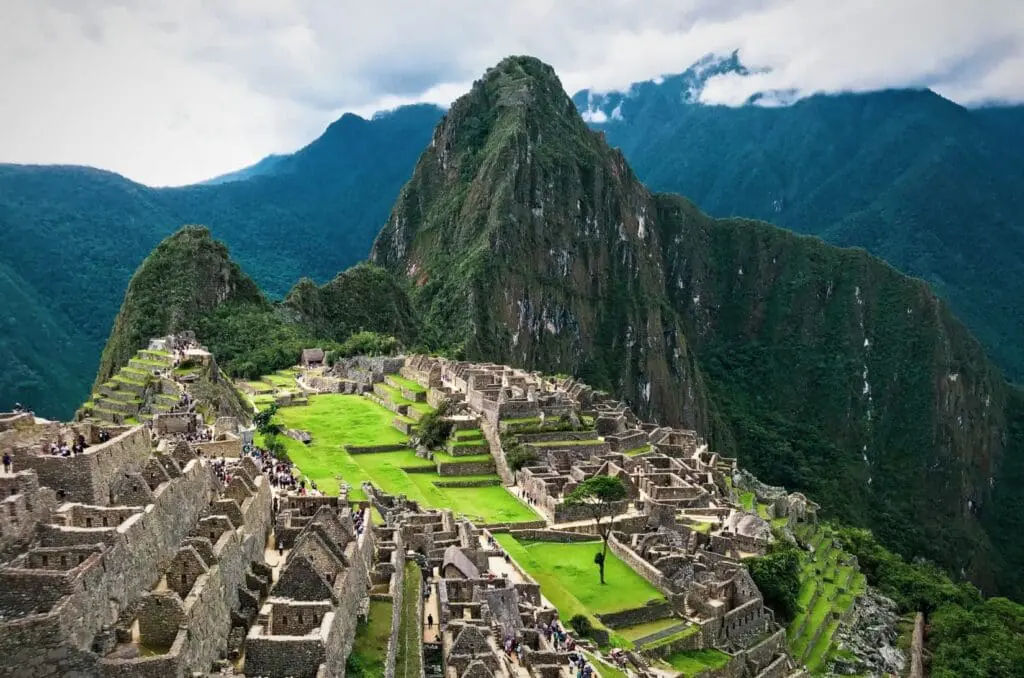
Unless you’re hiking the Classic Inca Trail route, access to Machu Picchu is typically via the tourist town of Aguas Calientes. However, Aguas Calientes sits more than 1,000 feet (304 meters) below the main site at the base of the Sacred Valley. To get up to the Temple of the Sun and the terraced Incan houses, you’ll need to either catch a bus or walk. The shuttles leave from a stop on Avenida Hermoas Ayer in town and take about 20 to 40 minutes in total.
The walk offers a little more adventure, but remember you’ll have to tie it in with the entry time you’ve got booked in Machu Picchu itself. In all, it’s an ascent of between 1 hour to 1.5 hours, weaving up the side of Huayna Picchu mountain as it zigzags on old stone staircases. It’s moderately challenging but the views get better and better the higher you go.
7. There are Strict Rules and Protocols to Follow
There was a time when you could simply waltz under the Temple of the Sun and spend as long as you liked exploring this iconic UNESCO site. However, all that changed back in 2019 when the Peruvian authorities brought in a series of strict measures to try to control the flow of visitors, which many say was risking the integrity and sustainability of the city in the clouds.
Read more about hiking in Peru in our blog 12 Fast Facts About the Inca Trail to Machu Picchu.
Those measures included a clear time schedule for all people scrambling through Machu Picchu. You now choose a set hour to enter and have a total of four hours to see everything you want to when you’re inside. Entry slots start at 6 AM (those are usually the most sought after) and finish at 2 PM, so there’s no chance you can be up there for sunset.
In addition to that, there are now one-way walking routes laid out across the complex. You can’t simply hop from the Guardhouse to the Temple of the Sun whenever you please. Instead, you’ll have to follow a fixed way around from start to finish, and there’s no way to get back in unless you’ve got a second pass for re-entry.
8. Try to Visit Machu Picchu in the Early Morning
There’s often hefty competition for the earliest passes of the day to visit Machu Picchu. The reason? Machu Picchu is one of the most-visited tourist sites in South America. Crowds are just something you’re going to have to deal with. However, the crowds can be just a fraction of what they are at midday if you manage to wake early and make it to the site for the first entry at 6 AM. You still won’t be totally alone but it’s not going to be bursting at the seams, either.
That’s not to say that 6 AM tickets are always the best choice. One major downside is that there’s often a lingering mist in the upper Urubamba Valley around sunrise. That can hang on until 8 AM or 10 AM, which isn’t great if you’re chasing those once-in-a-lifetime shots of Machu Picchu with the crisp, verdant cloud forests rising behind.
9. Aguas Calientes is the closest place to stay
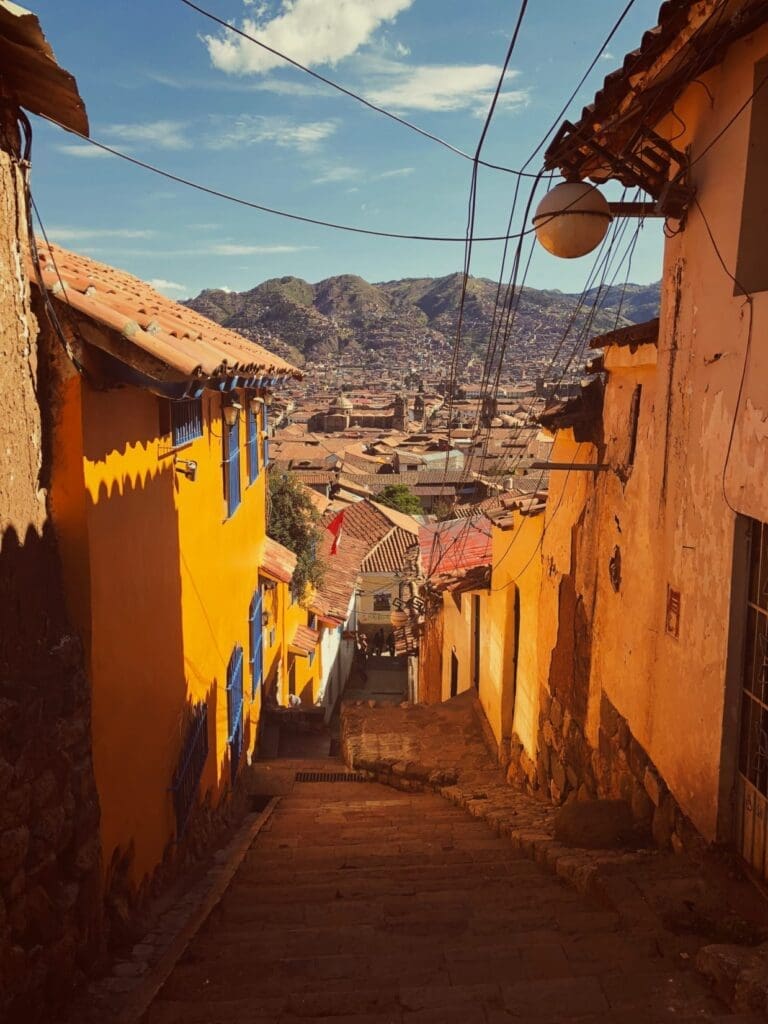
Almost all trips to Machu Picchu that aren’t a quick trip from Cusco involve a night or two in Aguas Calientes. The town is also known as Machupicchu Pueblo and it straddles the sides of the fast-flowing Urubamba River right below the main site. The city was built in the 1930s and 1940s, after the railway line up the Sacred Valley was completed. Today, it’s firmly established as the main jump-off point for getting to the ruins.
A buzzy, gritty, down-to-earth backpacker town at heart, Aguas Calientes is a fun place to stay. There’s often a great energy in the town, as many of the people staying here are fresh from completing the Classic Salkantay Trek or the Classic Inca Trail. To cater to that demographic, Aguas Calientes boasts oodles of restaurants, bars and even its own hot springs, which flow from the Andes a little to the north of the town.
Explore our Inca Trail to Machu Picchu tour and reserve your adventure.
I hope to see you in Machu Picchu!
Cheers,
Jeff
Jeff Bonaldi
Founder & CEO
The Explorer’s Passage
About Jeff Bonaldi
Jeff Bonaldi is the Founder and CEO of The Explorer’s Passage, a premier adventure travel company. His mission is to provide travelers with the opportunity to transform their lives and the planet through the power of adventure.
Learn more about Jeff’s story and his company HERE.
Share this amazing location!

